
Miguel Angel

Bernini
The sculpture by both Michelangelo and Bernini is religious , taking up the Old Testament story in which David prepares to kill Goliath. In Michelangelo’s David the action is located just before it is carried out (thus provoking an internal tension typical of his first mannerism) while in Bernini’s the tension goes much further, recreating the precise moment in which the action is already being carried out (the typical baroque instantaneity is thus generated)
Both are free-standing sculptures with a round shape made of marble (a material typical of classicism) using the carving technique. The surface in both works is smooth although Bernini shows greater interest in textures (in the typical baroque attempt to “convince” the viewer through the senses).
.
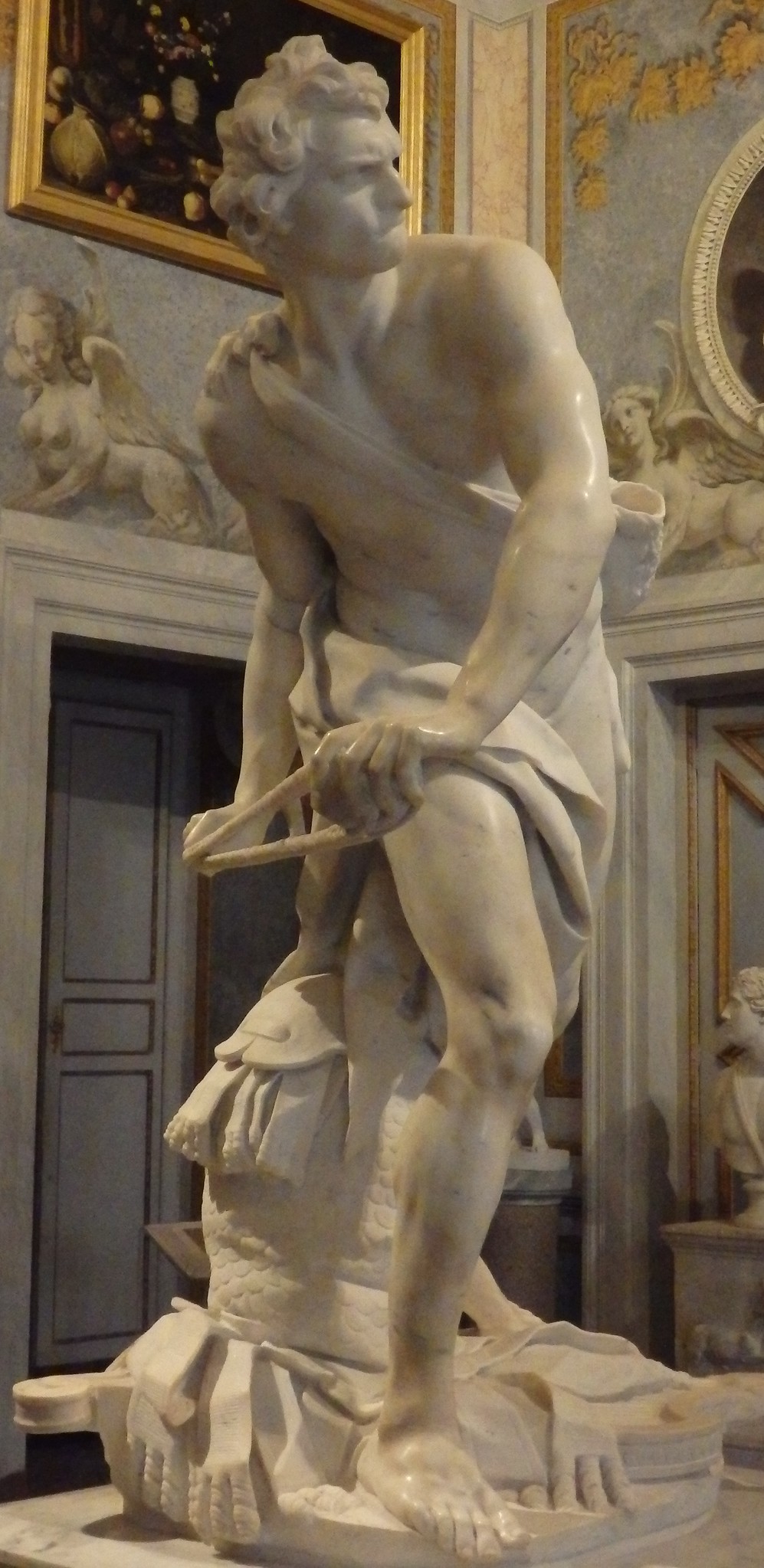
The composition of both is open, but in Michelangelo’s David there is a clear point of reference, frontality, to transmit tranquility and harmony to the whole through a contraposto and a slight Praxitelian curve. On the contrary, in Bernini’s the diagonal lines predominate, as do the serpentinatas, therefore having different points of view as one turns on the sculpture to force the viewer to interact with the sculpture (using the typical baroque coenesthesia).
.

.
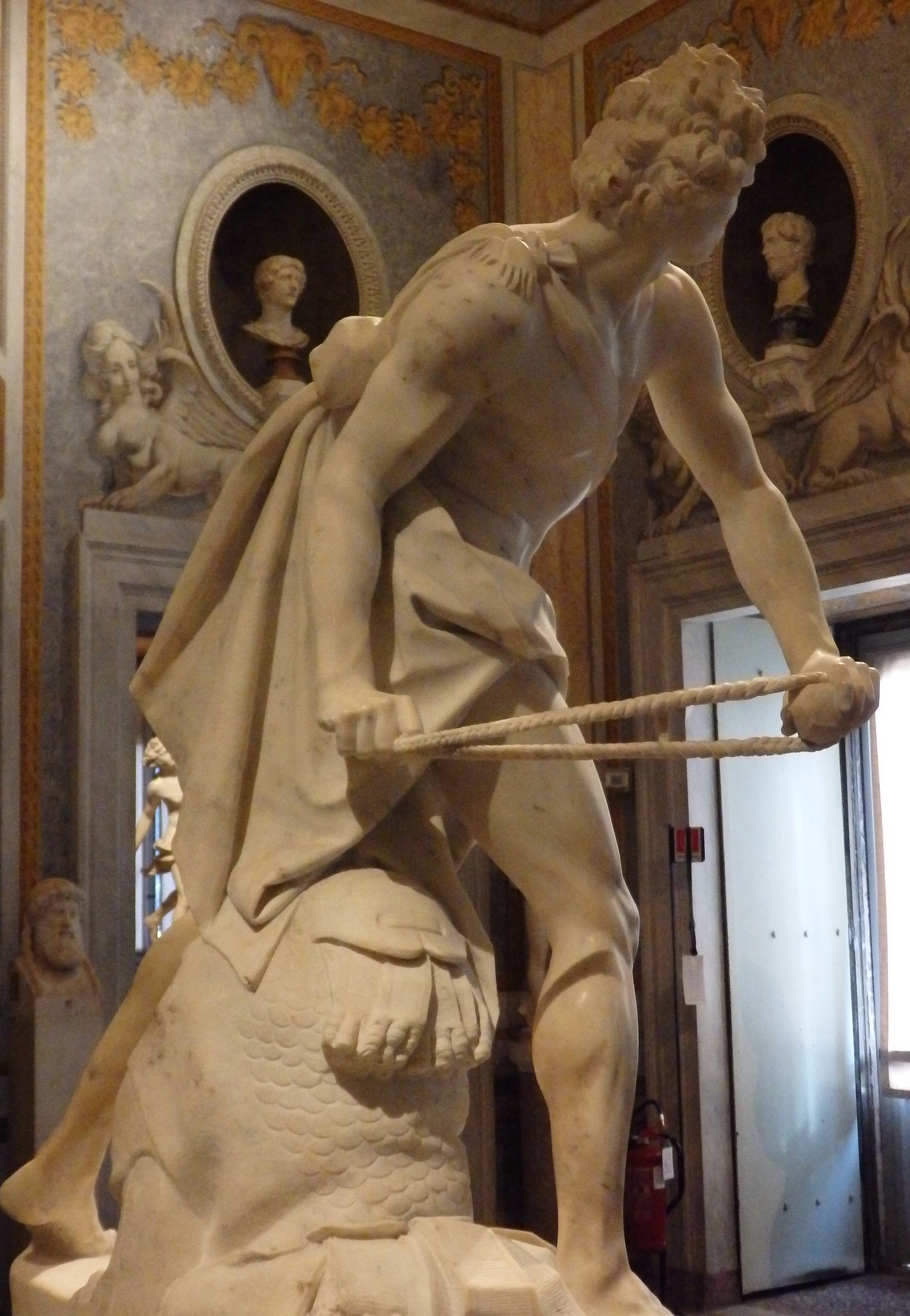

On the one hand, the light in Michelangelo’s work influences in such a way that it slides over him with chiaroscuros in the hair and eyes (which produces a sensation of tension throughout the whole, the so-called terribilitá).
On the other hand, in Bernini’s the light goes deeper with the chiaroscuro of a frown and the mouth (completely tense). This is done using the classic trephine technique.
Both are monochrome , since both the Renaissance and the Baroque had no evidence of classical polychromy.
Both the facial gesture and the body language are totally different in both figures, and if Michelangelo already works on terribilitá (announcing mannerism), Bernini exploits the gestures to the extreme, trying to reach the viewer through his feelings.
.
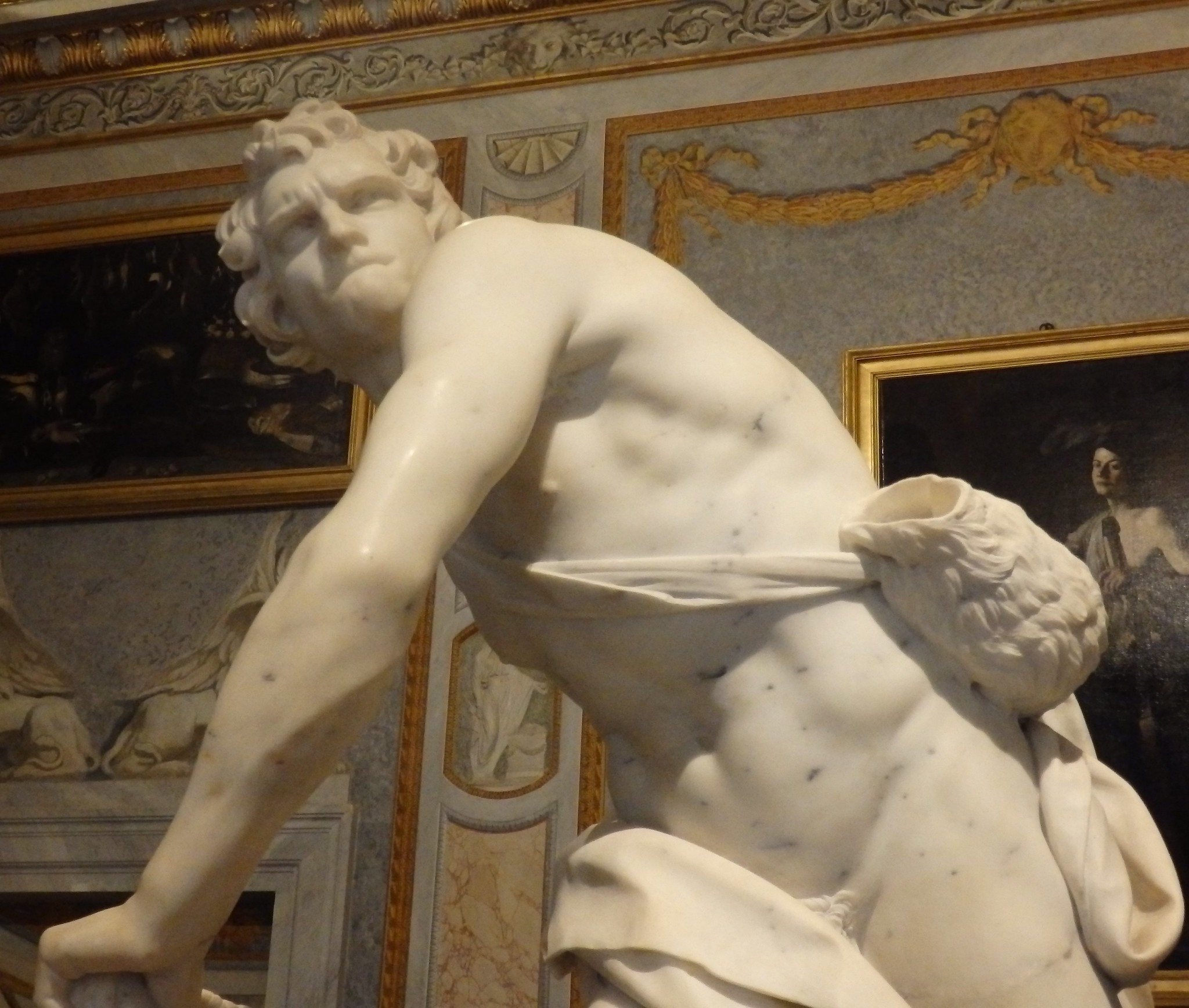
Michelangelo’s David belongs to the Renaissance, specifically to the Cinquecento (16th century) due to the harmony and proportion of the whole, although Mannerist features such as the disproportion of the hand or the terrebilitá in the gaze are beginning to be observed, showing the tension of the moment.
Bernini’s David belongs to the Baroque (17th century) as seen in the composition of diagonal lines and the serpentine forms of the sculpture.
Michelangelo created this work with a prestige function for the patron of the moment (the Florentine Republic) and thus highlight his personality and importance through art. The historical moment is reflected through the symmetrical and balanced composition since in the Renaissance the return of classical ideals is intended, respecting both the canon and proportion.
However, Bernini created this work with the intention of political propaganda so that the patron could highlight his power and prestige to the population. The historical moment is reflected through the serpentine forms since the baroque society was in a situation of instability in the face of the counter-reformation (division between Catholics and Protestants) of the religious world, expressing unrest through movement through art.
It is about the transition from beauty to persuasion.
Both authors have total freedom to create their works since since the Renaissance the artist acquires the value of intellectual when he creates his own works (it is given by anthropocentrism and Renaissance humanism) and in the Baroque he becomes another gear at the service of the great powers, that is, a propaganda official.
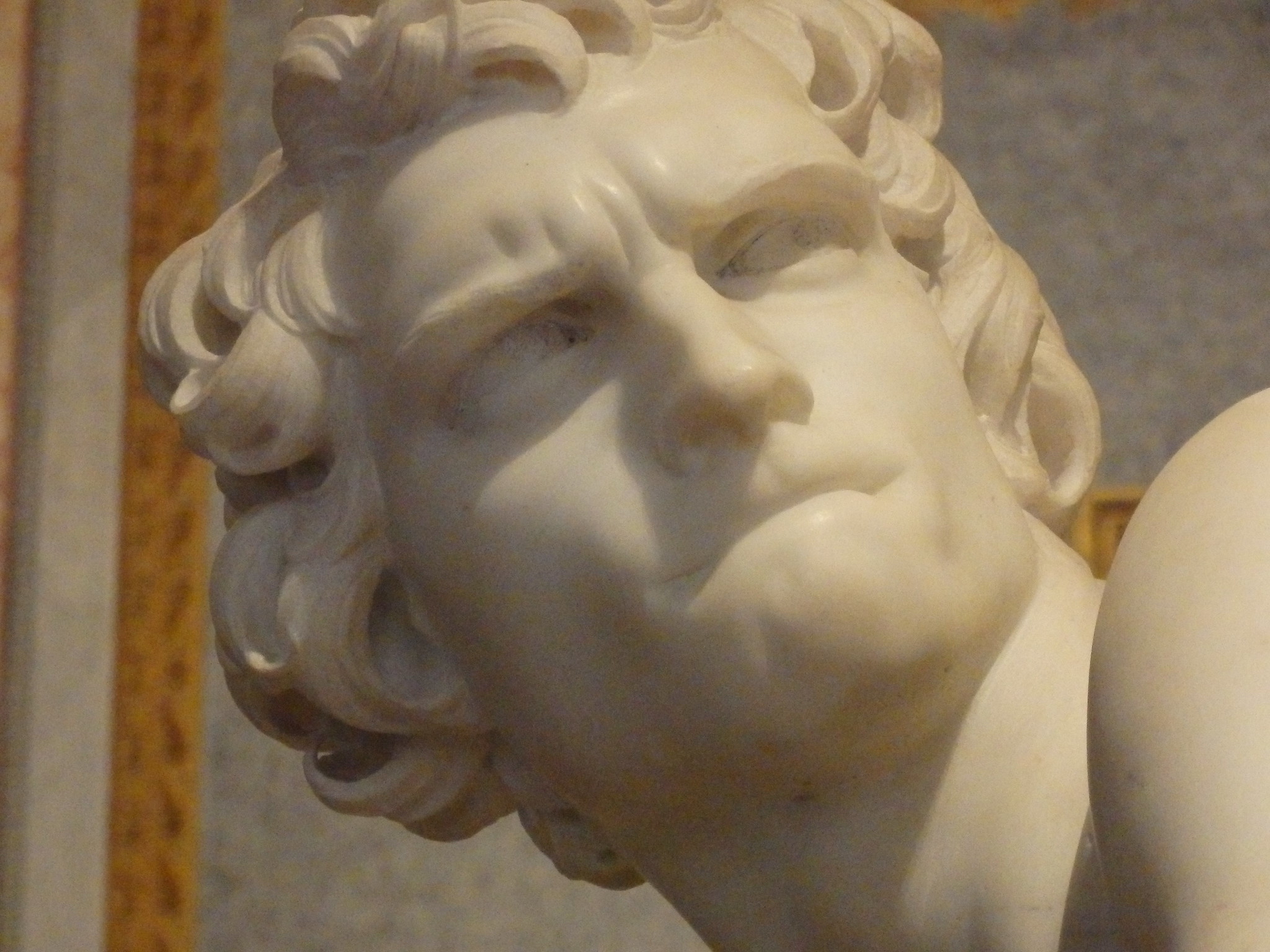
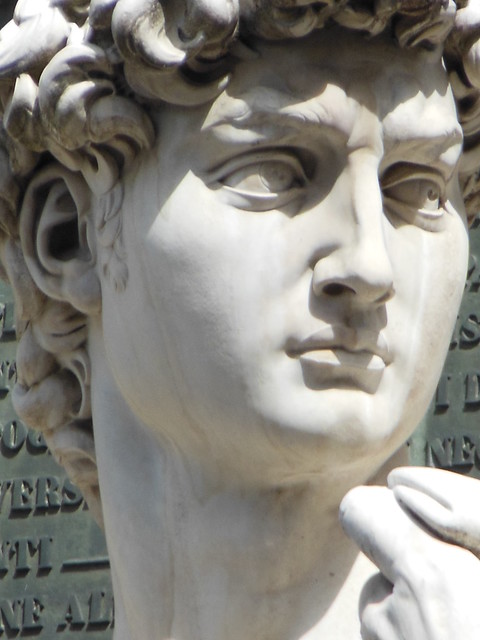
Michelangelo influenced Giambolonia (Mannerist sculptor) in his work The Abduction of the Sabine Women and in painting Pontormo in his work The Transfer of the Body of Christ. He also influences the Italian Baroque with his mannerist ideas. Bernini influenced architects such as Rainaldi and Juvara (creators of the most classic baroque) and sculptors such as Algardi and Duquesnoy (his contemporaries). Both will have an important influence on their contemporaries who will imitate their models.